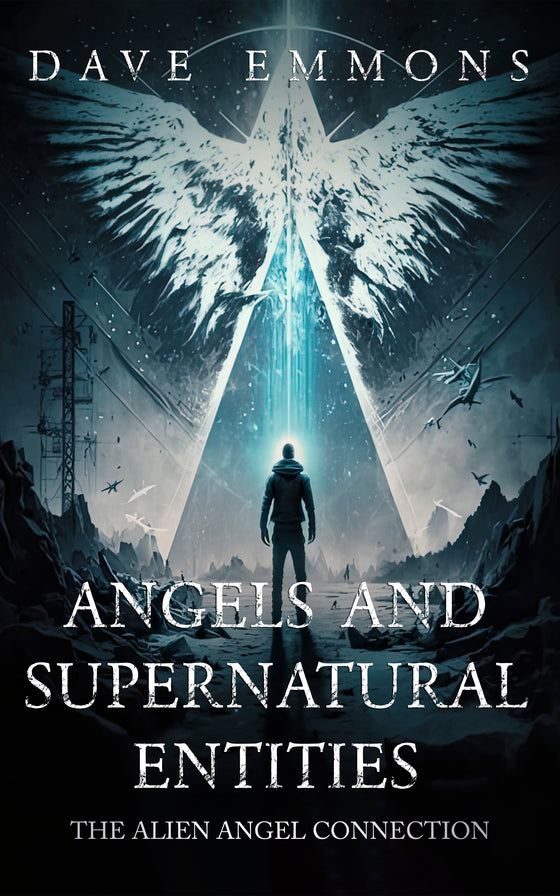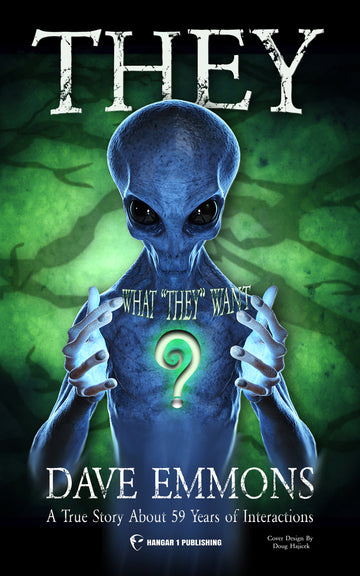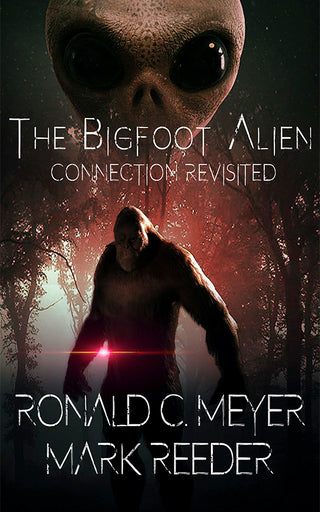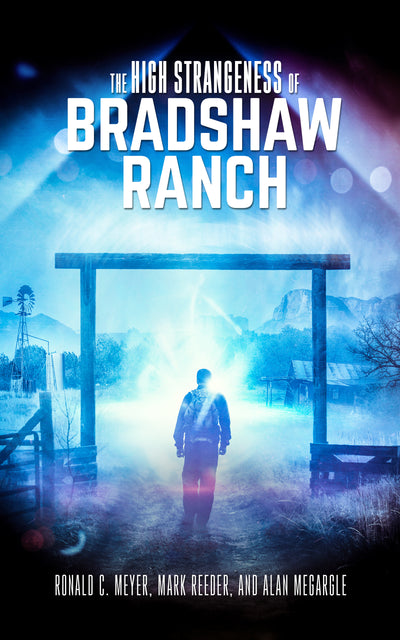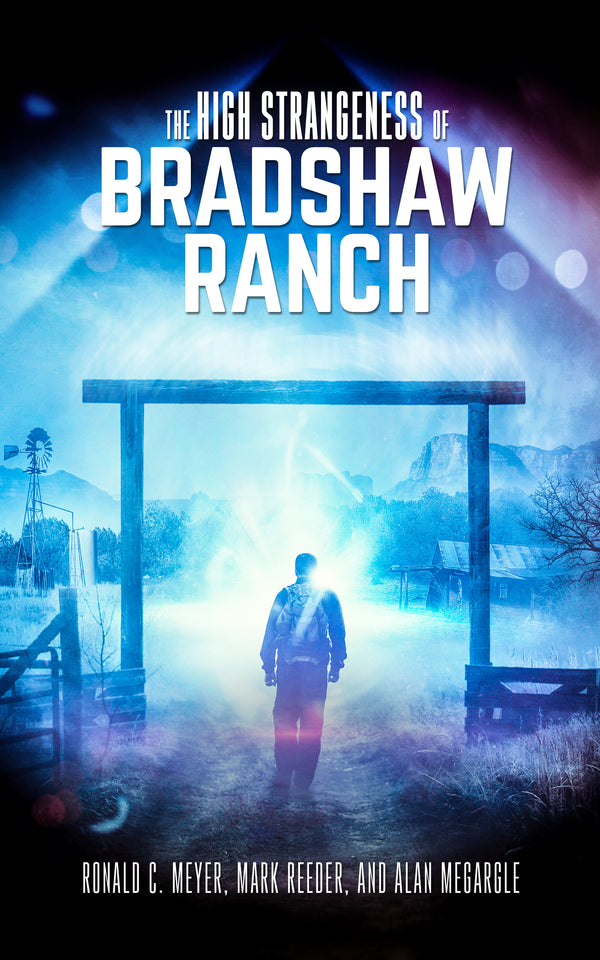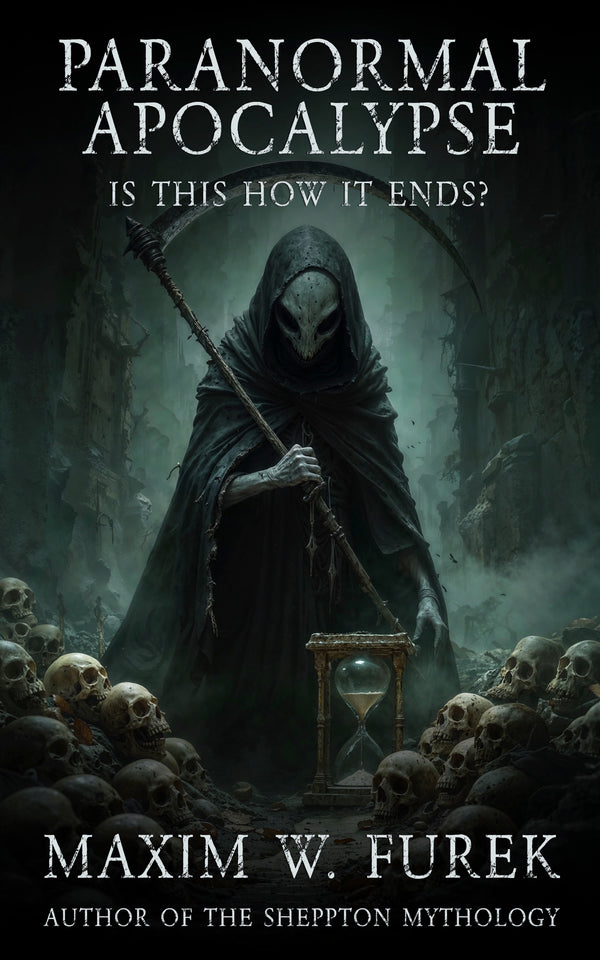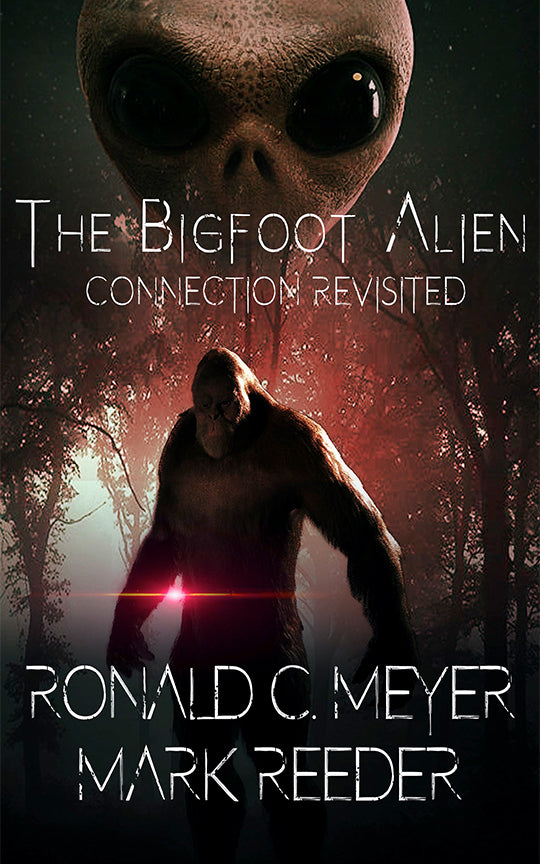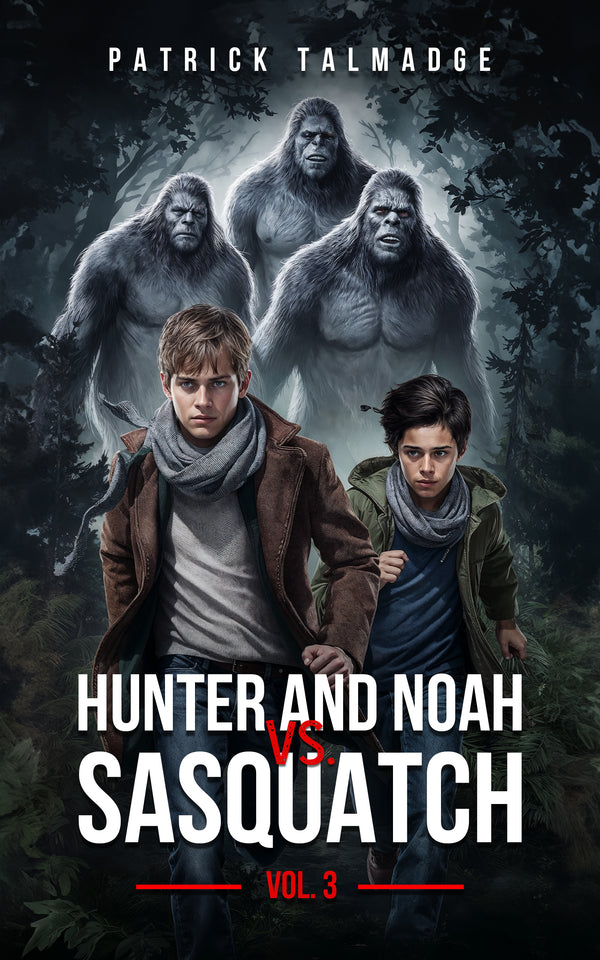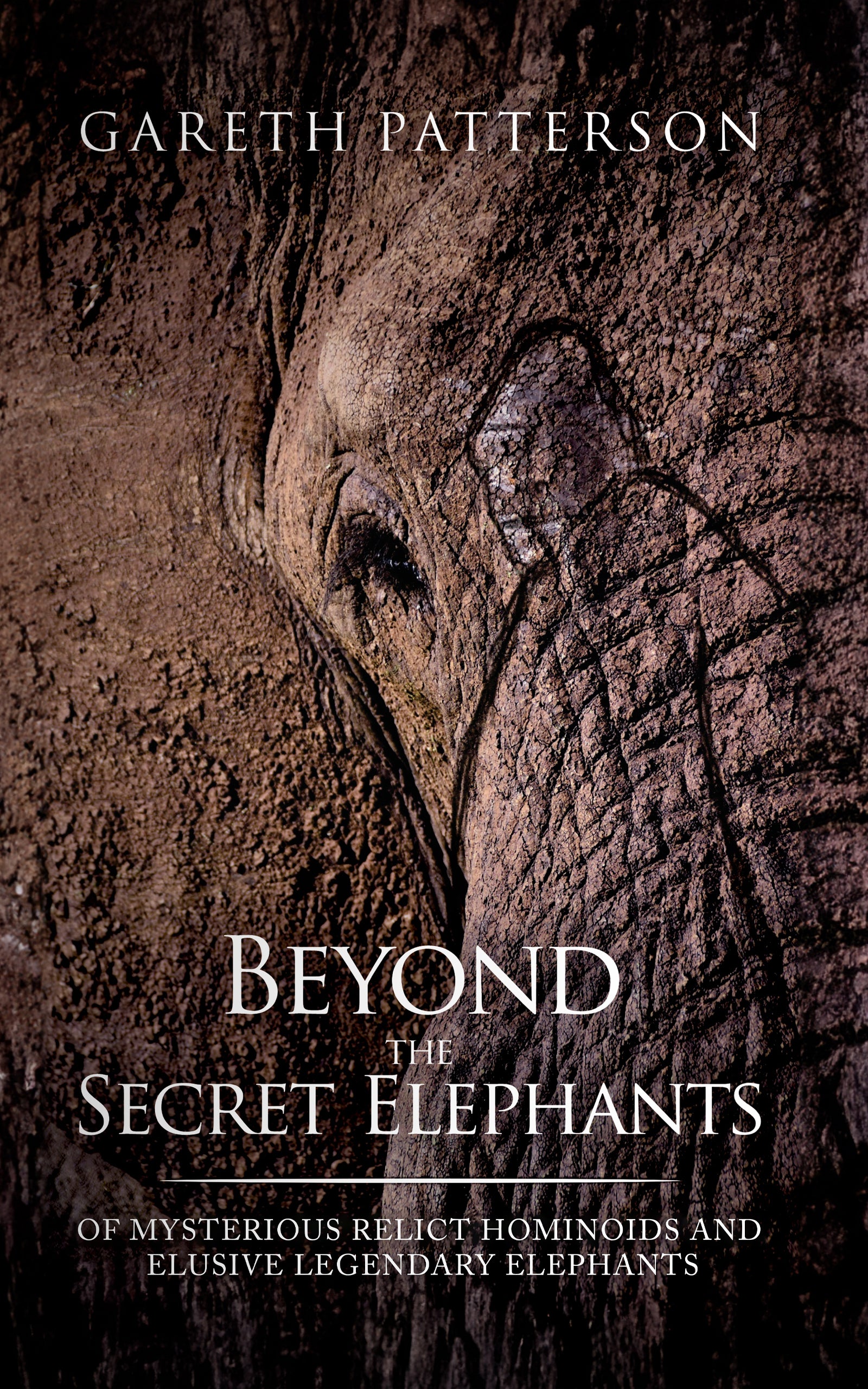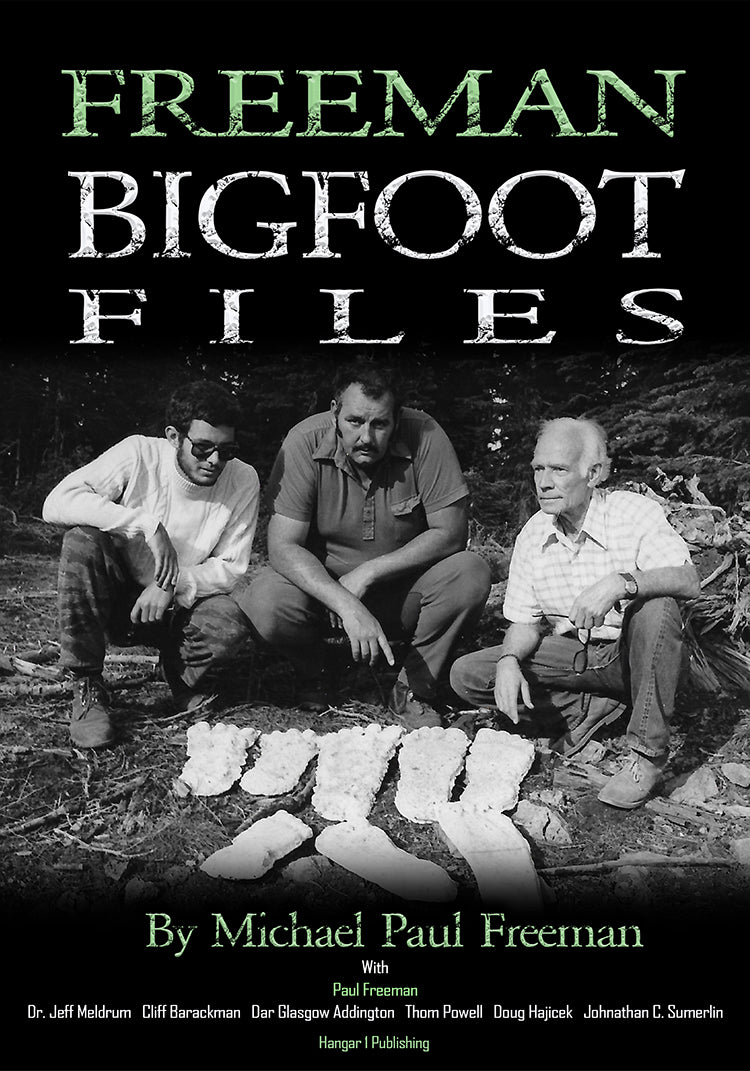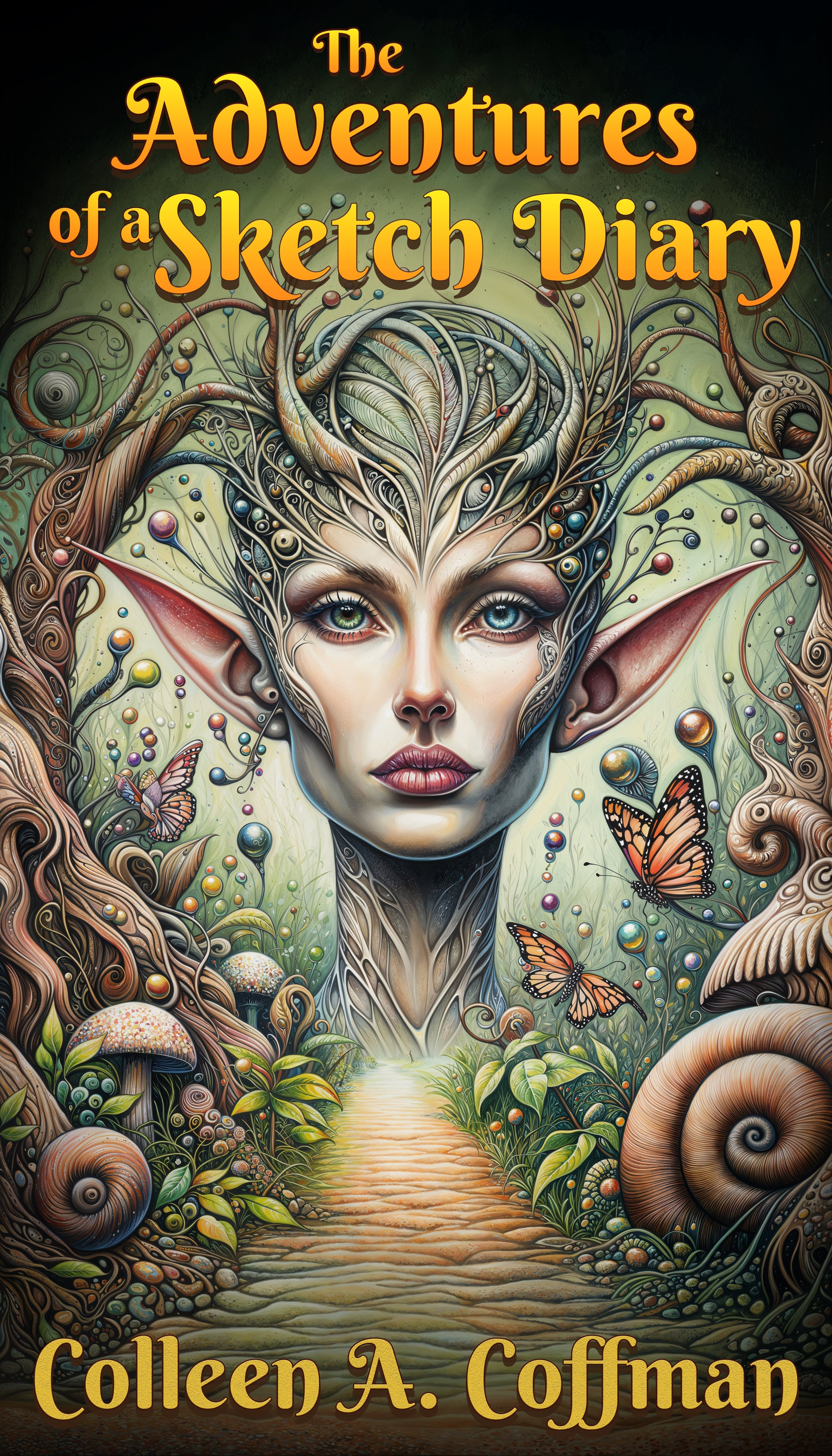Dowsing Rods and UFO Energies: What Science Actually Says About Detecting the Unknown

By Sanjay Kapoor, Ufologist
Three million likes. That's roughly how much attention TikTok videos featuring dowsing rods and UFO investigations have attracted recently. Creators swing L-rods at alleged landing sites, use pendulums to commune with extraterrestrials, and rack up followers who want to believe their copper wires can tap into something beyond.
I get it. I really do. As someone who's spent years staring at spectrographic data hoping to catch a biosignature, the appeal of a direct line to the unknown is intoxicating. But here's my problem: when I reviewed the scientific literature on UAP and then compared it to these viral clips, I found a canyon between them. Over 90% of social media dowsing claims provide no control measures, no unedited footage, no GPS coordinates.
So I decided to dig deeper. What does 130 years of actual testing tell us? Can modern sensors do what dowsing rods claim to? And is there any path forward for the serious investigator who wants to detect "UFO energies" without fooling themselves?
What Is Dowsing, Anyway?
Dowsing goes by many names: water witching, divining, radiesthesia. The basic idea is simple. You hold a forked stick, a pair of L-shaped rods, or a pendulum, and the tool supposedly moves in response to hidden water, minerals, or energy fields beneath you. The practice appears in European records dating to 1556, when miners used it to prospect for ore.
In the 1920s, a French priest named Abbé Alexis Bouly gave the practice a scientific-sounding rebrand. He coined the term "radiesthesia" (Latin for radiation, Greek for perception), claiming he could sense subtle emanations from any object. The name stuck in certain circles.
The tools themselves are almost comically simple. Y-rods are forked branches held palms-up until the tip dips toward a "find." L-rods are metal wires bent at right angles, held loosely so they can swing and cross. Pendulums are just weights on strings, swinging in patterns the user interprets as yes, no, or directional guidance. According to the standard definition, practitioners claim these movements indicate something real beneath the surface.
The Ideomotor Effect: Your Muscles Are Lying to You
Here's where things get uncomfortable for dowsing believers. Since the 1850s, scientists have understood why the rods actually move. It's called the ideomotor effect, and it works like this: your brain expects something to happen, your muscles make tiny involuntary movements to make it happen, and you're completely unaware you're doing it.
William B. Carpenter coined the term in 1852 while studying table-turning séances. Michael Faraday, the legendary physicist, ran his own experiments and reached the same conclusion. The "spirits" moving the table? Just unconscious pressure from the sitters' hands.
The dowsing rod is a perfect amplifier for this effect. Hold two loosely balanced wires at chest height, and even microscopic tremors in your grip become visible swings. Your expectation literally creates the result. Modern electromyography studies have confirmed that muscle activity precedes rod movement, not the other way around.
I'm not saying dowsers are lying. They genuinely experience the rods moving "on their own." But the scientific consensus after over a century of testing is clear: the movement comes from inside the operator, not from any external force.
The Biggest Dowsing Test Ever Conducted
If dowsing worked, we'd expect to see it succeed under controlled conditions. So what happened when researchers actually ran rigorous tests?
The German government funded the most ambitious dowsing study in history between 1986 and 1990. Over 500 dowsers participated in more than 10,000 individual trials. The setup was straightforward: a water pipe was hidden beneath the floor of a barn, and dowsers had to locate it from the floor above.
The researchers initially claimed success for a handful of "star" dowsers. But when independent statisticians reanalyzed the data, they found the original statistical methods were deeply flawed. The actual results? Chance-level performance across the board. The Munich barn trials became a landmark study in how not to analyze extraordinary claims.
Similar results have piled up for decades. Controlled experiments consistently show that when dowsers don't know where the target is, their hit rate matches what you'd expect from random guessing. The FBI's forensic review of dowsing for locating human remains reached the same conclusion.
Energy Frameworks: The Theories Behind the Rods
Dowsing enthusiasts in the UFO community don't just claim to find water. They claim to detect "energies" associated with UAP, ancient sites, or the Earth itself. These claims rest on several theoretical frameworks, each with its own history and problems.
Orgone Energy
Wilhelm Reich proposed "orgone" in the 1930s as a universal life force pervading the cosmos. He built accumulators to collect it and even claimed UFOs might be powered by it. Reich's work caught the attention of federal regulators, and the FDA obtained an injunction against his devices in the 1950s for making fraudulent health claims.
Reich later turned his cloudbuster device toward the sky, believing he could combat hostile UFOs by manipulating orgone fields. The scientific community found no evidence supporting orgone's existence, and the temperature anomalies reported in orgone boxes were explained by ordinary convection.
Scalar Waves
This one comes up constantly in fringe circles. Proponents claim scalar waves are longitudinal electromagnetic waves that can pass through Faraday cages, travel faster than light, and interact with consciousness. The theory draws loosely on Nikola Tesla's work, filtered through modern proponents like Konstantin Meyl.
The problem? Mainstream physics doesn't support free-space scalar waves as described. Maxwell's equations, which have governed our understanding of electromagnetism for 150 years, don't allow for them. That hasn't stopped the concept from generating thousands of monthly Google searches.
Ley Lines and Earth Energies
Alfred Watkins proposed ley lines in 1925 as ancient trackways connecting historic sites. He meant them as practical routes, not mystical conduits. But by the 1960s, authors like John Michell had reimagined them as channels of Earth energy that UFOs might use for navigation.
Statistical analysis shows a fatal flaw in this thinking. Given the density of historical sites in places like Britain, finding alignments between them is statistically inevitable. It's like being amazed that three stars form a triangle. The pattern is in the observer's mind, not the landscape.
The Dragon Project: When Instruments Found Something Dowsers Missed
Here's where my interest really sparked. Starting in 1977, researcher Paul Devereux led the Dragon Project at sites like the Rollright Stones in England. Unlike pure dowsing studies, this project deployed actual scientific instruments: magnetometers, Geiger counters, ultrasonic detectors.
And they found something. New Scientist reported in 1983 that geomagnetic levels inside the stone circle differed measurably from the surrounding area. Some stones showed magnetic "pulsing" with variations up to 100 nanoteslas. This was real, measurable data.
But here's the twist. When dowsers were brought to the same sites, they couldn't detect these anomalies. Their readings were inconsistent, unrepeatable, and showed no correlation with what the instruments logged. The project's own archaeological scientist called the dowsing results "so inconclusive as to satisfy no one."
This finding matters. It suggests that ancient sites may indeed have measurable geophysical properties, but dowsing rods aren't picking them up. The instruments succeeded where the rods failed.
Crop Circles: The Dowsing Hotspot
Few topics in ufology generate more dowsing enthusiasm than crop circles. Timothy Good's 1994 UFO Report documented extensive tests where dowsers reported "extremely consistent" reactions inside formations, with rod movements aligning with swirl patterns.
Independent analysis by the BLT Research Team did find physical anomalies in some formations: elongated plant nodes, unusual soil compositions, concentrations of magnetic microspheres. These are testable, measurable phenomena.
But when dowsing is tested under blinded conditions at crop circle sites, results evaporate. At Alton Barnes, one of the most famous locations, one dowser reported a strong "vortex" at a specific spot while another found nothing at the exact same coordinates. Without blinding, you can't separate genuine detection from expectation.
Hessdalen: A Natural Laboratory for UAP
Norway's Hessdalen Valley is one of the best-documented UAP hotspots on Earth. Transient luminous phenomena appear regularly enough that researchers have maintained an automatic measurement station there for years. They've captured optical, radio spectrum, and magnetic data on genuine anomalies.
The Project Hessdalen team represents exactly what rigorous investigation looks like. They use spectrum analyzers, magnetometers, cameras with calibrated exposures, and time-synchronized data logging. Their findings have appeared in peer-reviewed publications.
Yet despite intense focus on subtle energies and electromagnetic phenomena, no published Hessdalen study has successfully correlated dowsing responses with instrumentally verified events. The instruments detect the anomalies. The dowsing rods don't.
Building a Modern Field Kit for Under $500
If dowsing rods can't reliably detect these phenomena, what can? The good news is that sensor technology has become remarkably affordable. You can assemble a legitimate field research kit for less than many "professional" dowsing rod sets cost.
For entry-level monitoring, the MADAR-III DataProbe runs around $240 and packs a magnetometer, gyroscope, accelerometer, plus temperature and humidity sensors. Pair it with an RTL-SDR software-defined radio for about $40, and you can monitor a huge swath of the RF spectrum from HF through microwave.
Want to go further? The tinySA Ultra is a handheld spectrum analyzer covering DC to 6 GHz for around $130. The PNI RM3100 magnetometer offers 13 nanotesla sensitivity for precision work. For the serious amateur, Bartington fluxgate sensors provide research-grade measurements.
The point isn't to replace dowsing with expensive gear. It's to generate data that can be shared, analyzed, and verified by others. A magnetometer reading is the same whether I take it or you do. A dowsing rod response? Not so much.
Protocol Design: How to Test Without Fooling Yourself
Suppose you still want to explore whether dowsing detects anything real. How would you design a test that could actually tell you something?
Start with pre-registration. Before you go into the field, write down your hypothesis, your methods, and how you'll analyze results. Post it publicly on the Open Science Framework. This prevents you from unconsciously moving goalposts after seeing the data.
Blinding is non-negotiable. The dowser cannot know where the target is. Have an assistant randomly place markers at multiple spots, only some on the supposed "energy line." Record hits and misses against what chance would predict.
Use allocation concealment. The person who randomizes targets shouldn't be the same person giving instructions to the dowser. Keep assignments in sealed envelopes until after the dowser makes their calls.
Deploy your instruments first. Get baseline readings before any dowsing begins. Then you can check whether the dowser's claimed detections correlate with any actual magnetic or RF anomalies.
Include sham targets. You need null conditions that look identical to real ones. Otherwise, you can't calculate a false-positive rate, and your data is meaningless.
Finally, publish everything. Raw data, videos, analysis scripts. Let others replicate and critique. That's how science actually progresses.
Legal Landmines You Need to Know About
Field research sounds romantic until you're explaining yourself to a police officer. The practical and legal risks have grown sharply in recent years.
In the UK, Wiltshire Police issued seven warnings for crop circle-related trespass between 2023 and 2025. Entering a farmer's field without permission isn't just rude. It can be criminal damage if you trample crops. Local "honesty box" systems exist at some sites to compensate landowners, but many circles appear on land with no such arrangement.
In the United States, deploying any instrumentation on federal lands requires permits from the managing agency. Whether you're on BLM land, National Forest, or National Park property, passive monitoring may require environmental assessments. Check before you go.
If your research involves other people (interviewing experiencers, testing other dowsers), informed consent becomes mandatory. For sensitive topics, you may need formal ethics review under regulations like 45 CFR 46.
And RF safety matters too. While unlikely to cause harm, you should be aware of exposure limits. ICNIRP guidelines set public limits for both low-frequency magnetic fields and radiofrequency energy. Know what you're measuring and what you're emitting.
A Note on Cross-Cultural Respect
Dowsing is often framed as an ancient, universal practice. The reality is more specific. While water witching has deep European roots, the U.S. Geological Survey notes it appears to be a European cultural import to the Americas, not an Indigenous practice.
When investigating sites with cultural significance to Indigenous peoples, avoid imposing external frameworks. This isn't political correctness. It's methodological integrity. Indigenous knowledge systems have their own epistemologies, and treating dowsing as some universal human ability misrepresents the historical record.
If you want to collaborate with traditional knowledge holders, do so respectfully. Principles like Free, Prior, and Informed Consent (FPIC) and data sovereignty (OCAP, CARE frameworks) exist for good reasons. Research should benefit communities, not just extract from them.
The Terminology Problem
Part of what makes this field so confusing is inconsistent terminology. When someone says they're detecting "UFO energies," what do they actually mean? Here's a quick decoder ring.
Radiesthesia is just a fancy word for dowsing, coined in the 1920s to make it sound more scientific. It's synonymous with divining and lacks independent scientific validation.
Psychotronics originated in 1960s Czechoslovakia as a catch-all for mind-matter interactions. The U.S. Psychotronics Association still promotes research in this area, including dowsing and radionics.
Radionics claims to diagnose and treat illness at a distance using electronic-like devices, often paired with dowsing pendulums for feedback. Controlled trials have not shown efficacy.
Understanding these terms helps you evaluate claims more critically. When someone cites "radiesthesia research" to support dowsing, they're not referencing independent validation. They're using a different word for the same untested practice.
My Take: Where Does This Leave Us?
I've spent months reading through the literature on scalar waves, orgone accumulators, ley line theory, and dowsing trials. As an astrophysicist, I came in hoping to find at least one thread worth pulling. What I found instead was a consistent pattern: when controls are applied, claimed effects disappear.
But I don't think that's the end of the story. The Dragon Project did detect real geomagnetic anomalies. Hessdalen's luminous phenomena are genuinely mysterious. The question isn't whether strange things exist. The question is whether dowsing rods can detect them.
Based on 130 years of testing and thousands of controlled trials, the answer appears to be no. The rods move because of the ideomotor effect, not external energies. That doesn't mean external energies don't exist. It means we need better tools to find them.
Modern sensors are cheap and accessible. A magnetometer doesn't care what you expect to find. An RF spectrum analyzer doesn't suffer from confirmation bias. If there's a signal hiding in the noise, these tools will find it.
The citizen scientist revolution in UAP research is just getting started. We have better equipment than ever before, open data standards, and a community hungry for answers. The path forward isn't to dismiss dowsing enthusiasts. It's to channel that enthusiasm into methods that can actually produce shareable, verifiable results.
If you want to detect UFO energies, put down the copper rods and pick up a sensor. Run a proper protocol. Publish your data. That's how we'll separate signal from noise, and that's how we'll finally know if something's out there.
Your Next Steps
Ready to move from passive viewing to active investigation? Here's how to start.
First, invest in instruments before investing in beliefs. A MADAR-III unit or RTL-SDR will teach you more about electromagnetic phenomena than a lifetime of rod-swinging.
Second, log baseline data at your site of interest. Look for anomalies with instruments first. If your rods indicate an "energy line," mark it with GPS and compare to your instrument logs.
Third, write a protocol before your next outing. What's your specific question? How will you blind yourself? What counts as a "hit"? Pre-register it publicly.
Fourth, share your data, especially the null results. A collective, open-source dataset is the fastest way for the community to identify genuine patterns.
And fifth, invite criticism. If your methods are sound, they'll survive scrutiny. If they're not, you'll learn something. Either way, you'll be doing real science.
The UFO question deserves better than viral clips and confirmation bias. It deserves rigorous investigation. And that investigation can start with you, right now, with a $40 sensor and an open mind.
From Bigfoot to UFOs: Hangar 1 Publishing Has You Covered!
Explore Untold Stories: Venture into the world of UFOs, cryptids, Bigfoot, and beyond. Every story is a journey into the extraordinary.
Immersive Book Technology: Experience real videos, sights, and sounds within our books. Its not just reading; its an adventure.








